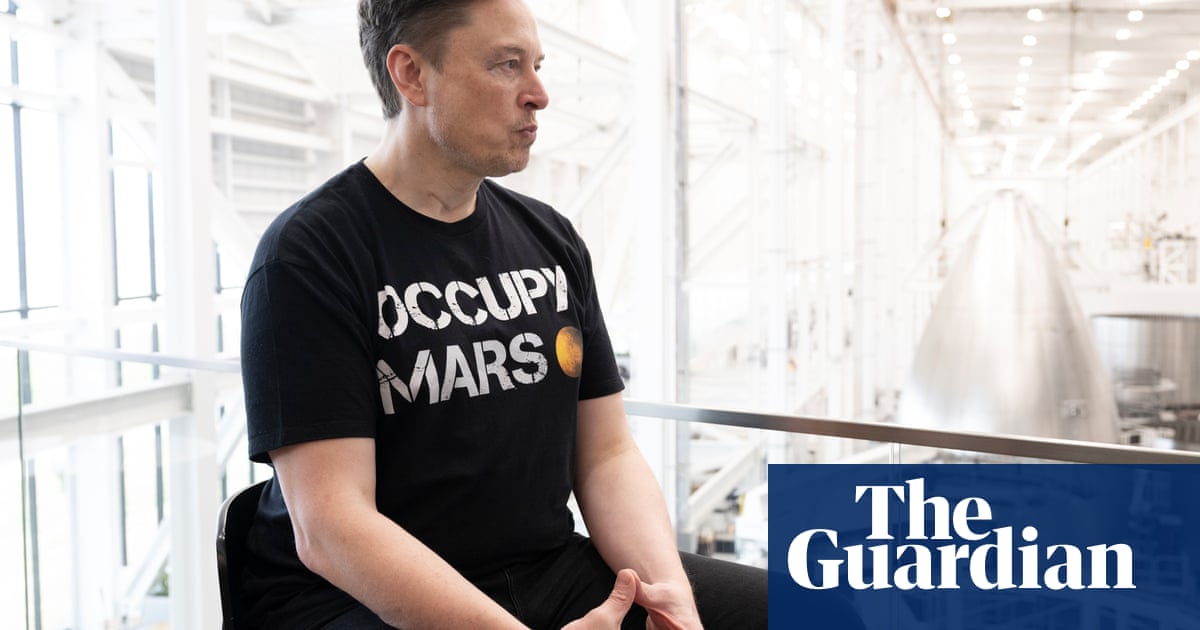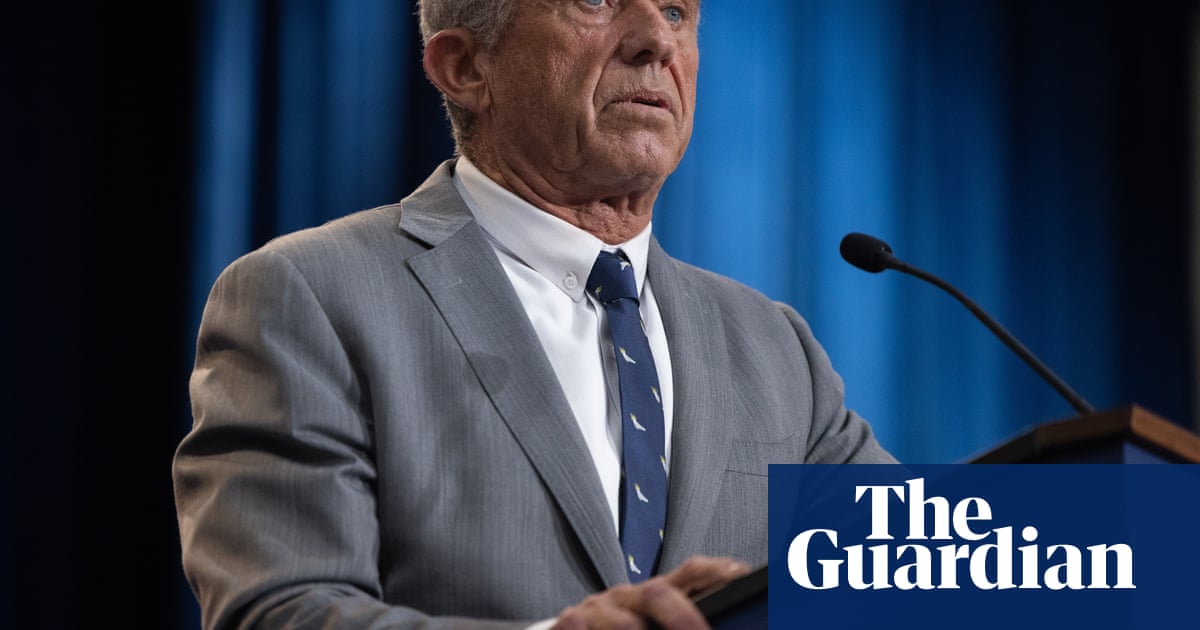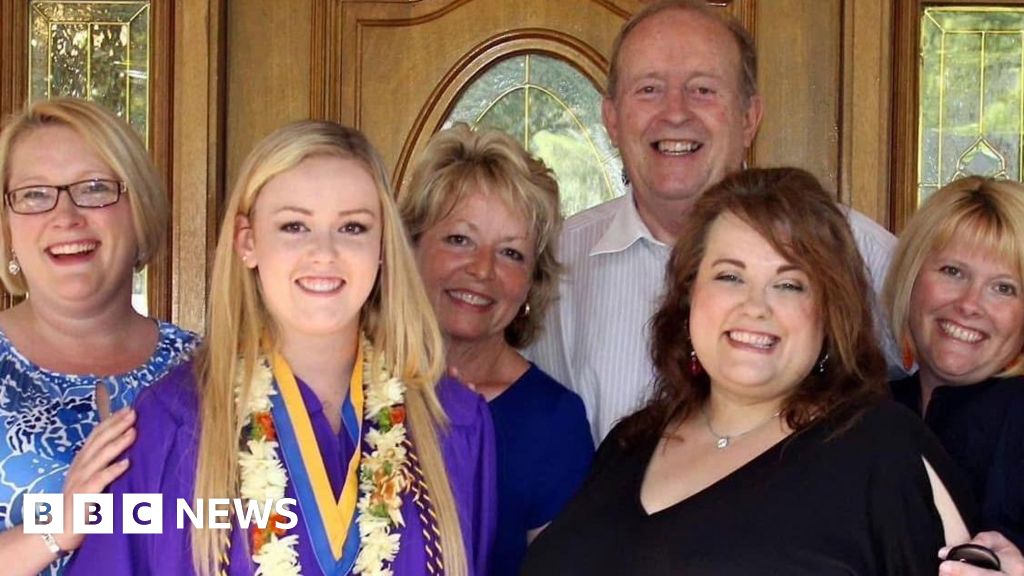Drastic cuts at a federal workplace safety research agency increase the risk of illness and injury for workers across the US and undermine preparations for public health emergencies, fired employees warn.
The Trump administration ordered widespread layoffs at the National Institute for Occupational Safety and Health, inside the Centers for Disease Control and Prevention, when it issued a “reduction in force” notice to some 85% of the agency’s 1,100 workers employees on 1 April.
While some of those terminations were later reversed following pushback from labor unions and the public, only 328 employees were reinstated.
“An immediate impact is that we’re not as prepared for some type of public health emergency,” said Dr Micah Niemeier-Walsh, an industrial hygienist at NIOSH in Ohio, who was fired, and then reinstated. “Long term, the Trump administration talks about wanting to bring back or expand certain sectors of the economy like mining or manufacturing. Those are jobs that really rely on NIOSH work.”
Jennica Bellanca, for example, worked to train emergency responders in mining in Pittsburgh, Pennsylvania. Her role was terminated.
“It’s such a hard thing. Everyone here works so hard to help support the health and safety of mine workers and other workers,” she said, noting that small companies do not have the resources to invest in alternative safety programs. “I’m just concerned that nobody else is going to fill this gap. There’s a reason that the government provides this safety net.
“In our case, the safety net is to help workers go home to their families every day and make sure that nothing bad happens.”
Bellanca questioned a central argument for the cuts – efficiency in federal government spending – by noting that long-term research projects may now go unreleased.
“When we’re gone, there’s going to be nobody to get this information out,” she said. “And because we were so abruptly, sort of cut off in the middle of projects, all of this work that we’ve done, we’re not able to get this out, released, as a full public product. In my mind, that’s a waste of government money.”
Niemeier-Walsh, the vice-president of American Federal of Government Employees Local 3840, said the reduction in force was the “final, massive blow to our work” after earlier limitations on travel, communications and remote work imposed since Donald Trump took office in January.
“Our ability to be as successful as we have been as an institute relies on the rest of the NIOSH employees coming back because our work is so interconnected,” said Niemeier-Walsh. “I’m very, very concerned what this means for every single American worker if we’re not able to fully restore NIOSH. These cuts are not based in science. They’re not based on the public health need. They’re based on politics, and that’s bad for the health of the American people.”
She cited as an example the employees in the health hazard evaluation program, which was established to reduce workplace risks and recommend ways to mitigate dangers, who were reinstated after earlier cuts. But they rely on chemists to develop analytical methods to measure chemicals in the workplace, and engineers to design solutions; these chemists and engineers have not been reinstated, she said.
Since the agency was founded in 1970, recordable workplace illnesses and injuries and fatalities have been drastically reduced in the US. The rate of nonfatal workplace injuries and illnesses declined from 10.9 cases per 100 full-time workers in 1972 to 2.4 in 2023.
The AFL-CIO, the largest federation of labor unions in the US, and several other labor unions filed a lawsuit this month to restore the cut programs at NIOSH, arguing the cuts “directly threaten the lives of workers whose safety and health depend on NIOSH” services that are congressionally mandated.
Even though some of the initial cuts have been reversed,“we have deep concerns that the whole reason NIOSH was started to begin with is still eliminated,” said Rebecca Reindel, the director of occupational safety and health at the AFL-CIO, who noted that the agency’s founding mandate was to assure every man and woman in the US has safe and healthful working conditions.
Reindel expressed particular concern about disruption to long-term research projects.
“All of this research work that they do, where they have these big cohorts, they’ve been following people for 40 years,” she said. “And now they’re just cut off for these occupational prospective cohorts, where they follow them over years to see what kind of diseases are developing.
“If we’re just staffing those cohorts now, we’re really losing 40 years worth of work. Even if they restart them, we’re going to have lost so many people to follow up,.”
A spokesperson for the Department of Health and Human Services did not comment on the record. Its secretary, Robert F Kennedy Jr, is working to ensure NIOSH critical services remain intact and continue as the agency streamlines its operations, they claimed.

 German (DE)
German (DE)  English (US)
English (US)  Spanish (ES)
Spanish (ES)  French (FR)
French (FR)  Hindi (IN)
Hindi (IN)  Italian (IT)
Italian (IT)  Russian (RU)
Russian (RU)  1 day ago
1 day ago
























Comments